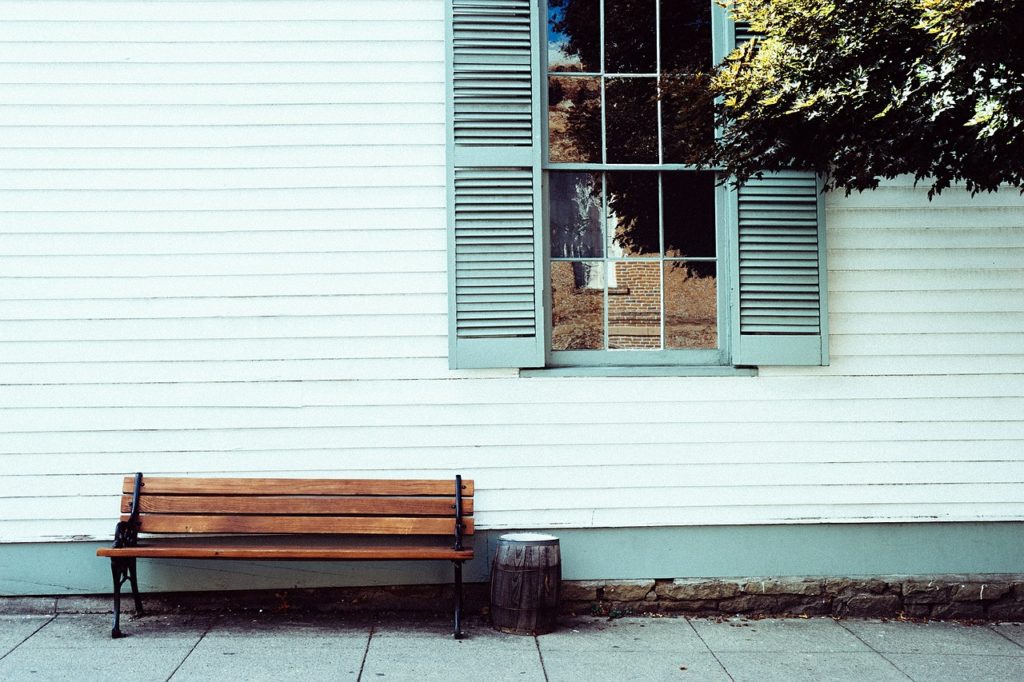Your 7 Best House Siding Options
During the pandemic, some home renovation projects cost 50% more than average and required double the amount of time. While 2020 and 2021 were a whirlwind for the housing market, supply costs, and labor shortages, what can you expect this year if you want to replace your house siding? What are your best house siding options?
House siding is a protective material that attaches to the exterior portion of your home. It is one of the first lines of defense against weather, debris, and UV rays. Different house siding can also improve your home’s curb appeal and boost its value on the market.
Luckily, we have put together a complete guide on different types of house siding, what the most durable material is, and more! If you’re still interested, keep reading on for more information!
- What is the Siding of a House Called?
- What Are the 7 Types of Siding? What are your house siding options?
- What Is the Most Durable House Siding?
- What Is the Best Material for the Outside of a House?
- Finding Your Next Home Project
What Is the Siding of a House Called?
House siding can be referred to as ‘siding,’ ‘cladding,’ or ‘exterior siding.’ Sometimes, you may hear it directly referred to as the type of material you purchase, such as vinyl siding.
Your home’s structure and materials constantly expand and contract based on the environment and temperature. Siding should do the same – it should mold and shift with your house and avoid breaking or cracking under extreme conditions. It is part of your home’s exterior, and along with protection, house siding can help improve energy efficiency and aesthetic appeal.

What Are the 7 Types of Siding? What are your house siding options?
When shopping for house siding, you want sun, water, and weather-resistant materials. Here are the seven most popular types of siding on the market:
- Vinyl
- Wood
- Engineered wood
- Stone or brick
- Stucco
- Fiber cement
- Aluminum
Depending on the materials, you may have siding that lasts up to 60 to 70 years before needing repairs. These types of siding will usually cost more, but they could pay dividends down the road in energy efficiency and maintenance costs.
House Siding Pros and Cons
Vinyl siding is one of the more popular and budget-friendly options on this list. It can resemble other types like wood shakes, stone, or brick and is low-maintenance.
Wood can look amazing and boasts an impressive lifespan, but it requires more upkeep and patience. You’ll want to treat your wood siding with rot prevention and insect repellant for the best results, and it may cost more depending on the type of wood you choose.
If you want the visual appeal of wood without the hassle, engineered wood is a newer exterior siding option. Engineered wood combines wood chips, resins, zinc borate, and wax. The final product is lightweight, durable, and rot and insect-resistant.
Stone and brick tend to act as overlays to wood since they are fire-resistant, durable, and low-maintenance. They should last for decades, but you will pay closer to $10 to $15 per square foot.
Stucco is much cheaper and mainly used in the Southwest region for its unique look. It does require careful installation and treatment that prevents cracking.
Fiber cement is another popular option that mixes wood pulp, cement, or polymers. It is long-lasting, and the heavy-duty materials make it a prime candidate for handling extreme weather.
Aluminum rounds out our list, but it is not as popular or as commonly used in Colorado home siding replacement as Vinyl. Vinyl has replaced most homes that had aluminum siding, and there are better materials on the market today.

What Is the Most Durable House Siding?
Wood and fiber cement are the two most durable house siding materials. Wood requires careful maintenance and professional installation, but it can last up to 100 years. Clapboard wood siding has become more popular out West, and you can use red cedar or other rich colors for a unique look.
Fiber cement is cheaper and lasts between 25 to 50 years. You have more flexibility with fiber cement, including purchasing materials that look like stucco, wood, or masonry. It is also fire-resistant, making it a great option if you don’t want to treat your wood siding.
What Is the Best Material for the Outside of a House?
Most experts agree that fiber cement siding is the best material for the outside of a house. Almost 15% of new construction builds use fiber cement siding.
James Hardie fiber cement is one of the most significant leaders in the siding industry and one of the most eco-friendly options. It still boasts many of the benefits of fiber cement, too, including:
- Minimal maintenance
- Rot-resistant
- Fire-resistant
- Termite-resistant
- Durable in extreme temperatures
- Cost-friendly
Most contractors will include an additional warranty after installation, and you can customize it exactly how you want it to look with your home’s exterior structure. Fiber cement costs around $1.70 per square foot, making it one of the most affordable options.
Remember that supply chain shortages and high demands could raise this price, but it will be cheaper than wood or stone.
Finding Your Next Home Project
If you’ve had cracked vinyl siding on your home’s exterior for the past few years, it is time to upgrade. Damaged siding can increase your home’s risk for costly repairs and mold, raising your monthly energy bills.
Choosing fiber cement siding can boost your home’s curb appeal, protect against severe storm systems, and is energy-efficient. What are you waiting for?
If you’ve enjoyed this article and want to learn more about the best house siding options for your home, we’re happy to provide a free siding estimate!
